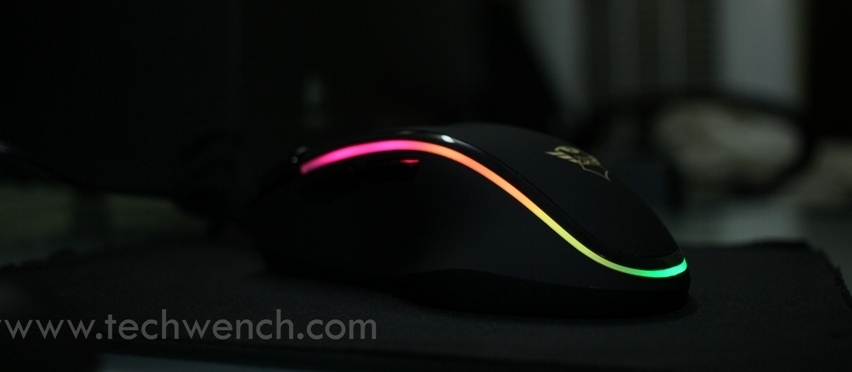
With an office environment that has more than one computers networked together, the printer sharing ability can help office admin and staff a great deal. This sharing feature can really help business owners cut costs that would have otherwise been incurred on purchasing individual printers for each computer user. In addition to considering the size of the office needs, buyers need to settle on the best features that suit the intended office needs.
Many network printers in the market feature built-in network interface cards (abbreviated as NICs) which facilitate good connectivity to the internet network. The specs of the printer being used should match the Windows Operating System in all computers in the network. Other printer types come with built-in web pages to support change of printer settings and check the statuses of the printer through a browser. This is an extraordinary feature for companies with expertise IT support.
There are some important tips users should abide by when handling network printers as listed below:
- Ensure that the printer has a network interface port to pave way for network connection. The interface must be compatible with the whole network.
- Make proper use of the automated setup network unless you finely understand the process of setting up a network printer. If you choose manual set up installation process, assign an IP (Internet protocol) address and establish a new port.
- Choose a system that will allow you to frequently check the printer status and make any necessary changes through the in-built web pages. This is far much cheaper than scrolling down menus on the printer.
- Invest a network printer with a private printing characteristic to handle any sensitive information between and among different departments. If a file is not fit for public viewing, a printer with private printing feature will be more suitable. Perhaps any user will be required to enter a specific password code to send files to the printer for printing.
- It’s possible to streamline the duplexing feature if the printer being used has a duplexer. Manual duplexing can be very tedious especially in times of bulk prints.
- Put ‘just enough’ amounts of paper that the printer trays can hold. If the printer has advanced paper handling capacities, put a specific type of paper at a time and alert the printer of the change.
- Every office records an accumulated amount of printing work at a time. It is therefore advised that you select an output tray that is able to accommodate the typical print jobs that are in the queue.










Comments